Lake Erie Coral Fossils
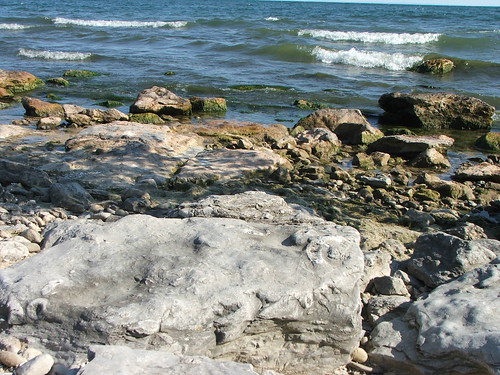
Approximately 350 million years ago during the Devonian Period, this area was covered by a warm tropical sea rich with marine life such as coral and sponges. Fossils are the mineralized remains of these creatures.
After the final glaciers retreated about 13000 years ago, a glacial lake was formed where Lake Erie is now located. There are many areas on the shores of Lake Erie where the mineralized remains of ancient marine life of the Devonian period can be viewed in the exposed limestone shelf.
Ancient Corals
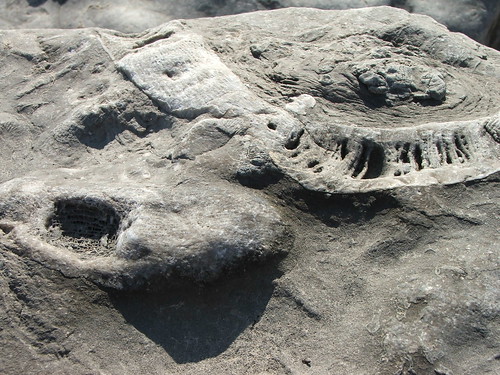
The above photo shows Horn (Solitary Rugose) Coral at the top, and a smaller Honeycomb (Tabulate Colonial) Coral at the bottom.
Tabulate Colonial Coral
One type of coral abundant in this area is Tabulate Colonial (Honeycomb) Coral. Coralites are hexagonal shaped cells that join together to form the honeycomblike coral colonies you see here.
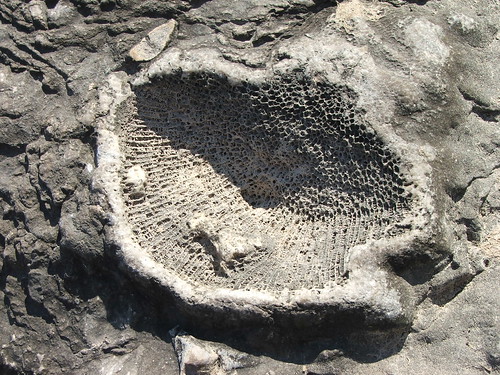
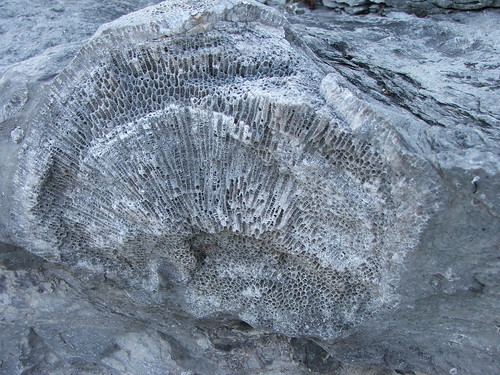
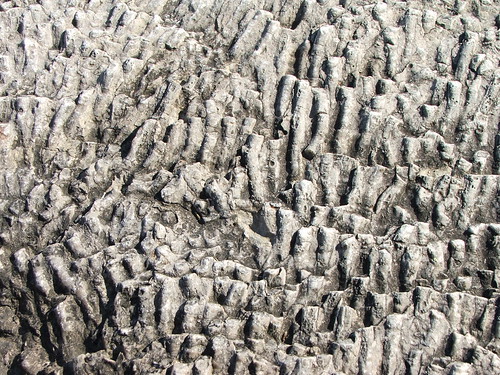
Horn Coral (Solitary Rugose)
This is my favorite fossil of the area. As I child I always thought this long, horn shaped coral resembled ‘raptor claws’ (perhaps too much Jurassic Park?). Rugosa corals are often referred to as horn corals because of their elongated shape and wrinkled (or ‘rugose’) wall. They can be found as solitary corals or grouped together. The grouped form are often found in multiples of four, giving them their ‘claw’ like appearance.
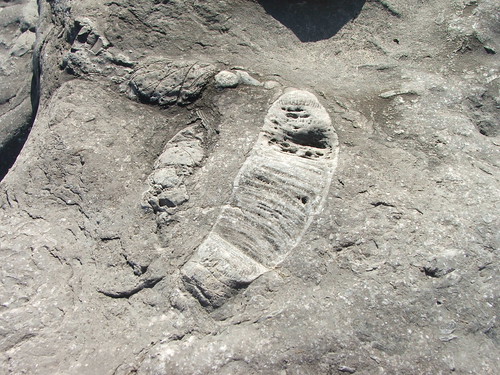


What You Need To Do To Log your Find:
Visit the site and answer the following questions:
1. What is the predominant type of fossil at the posted coordinates?
2. What is the approximate size of one of these fossils?
3. Estimate the distance from the posted coordinates to the water’s edge.
Though it is not required, it is always nice to see a photo from visits to earth caches, either of interesting features of the area, your caching group, or both.
| I have earned GSA's highest level: |
 |